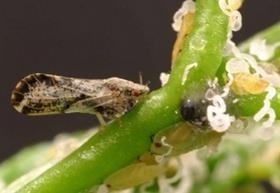
Florida has enlisted the help of sniffer dogs in its fight against citrus greening. According to a report in Bloomberg, the federal government has trained ten dogs to detect the deadly disease at its early stages, giving growers more time to act.
Dogs have more than 220m olfactory receptors in their nose compared to around 5m in humans and can therefore detect the chemical substance emitted by affected trees before they show outward signs of infection. Studies show that they are accurate in 99.7 per cent of cases –a higher hit rate than laboratory testing.
“At this moment in time they are undoubtedly the best early warning system available to us,” said Yindra Dixon of the US Department of Agriculture.
While there is no known cure to HLB, scientists are developing new techniques to slow down its spread. One of these involves enveloping trees in vapour in order to kill the bacteria without damaging the tree.
Another method being employed by some producers is to apply nutrients directly to the plant’s leaves so that they go on producing fruit despite being stressed. Penicillin is also known to supress the bacteria, although fears of antibiotic resistance have limited its use.
This year’s Florida citrus crop is forecast to be the smallest in 52 years and 71 per cent down on the volume reached in 2004, highlighting the devastating impact the disease has had on the state’s production.
The fight against HLB is estimated to have cost the industry US$7.8bn over the past decade and resulted in the loss of 7,500 jobs.



